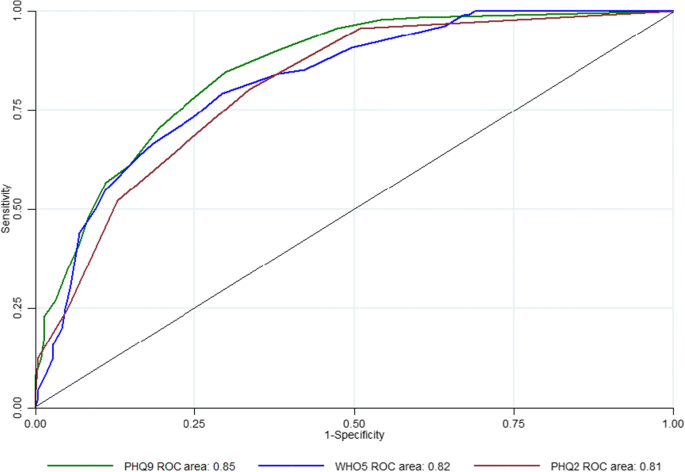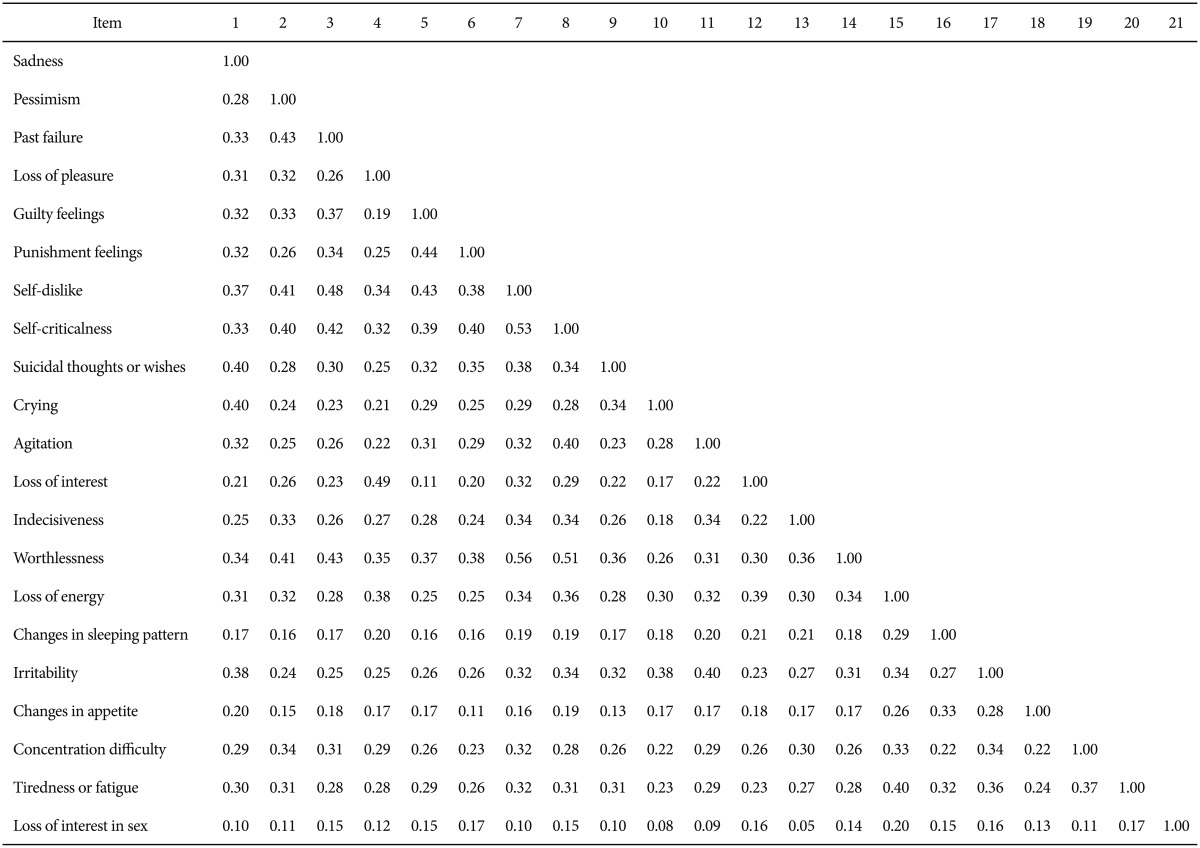
General population screen, can be used with teens with cutoff score

Use additional Level 2 screeners for further investigation into Youth ( DSM-5 Self-Rated Level 1 Symptom Measure-Age 11–17 (APA) ( 250 KB)) ( DSM-5 Parent-Rated Level 1 Symptom Measure-Age 6–17 (APA) ( 367 KB)) and Somatic symptoms, inattention, suicidal ideation/attempt, psychosis, sleepĭisturbance, repetitive thoughts and behaviors, substance use. Questions to screen for depression, anger, irritability, mania, anxiety,
#PHQ 9 ADOLESCENT VALIDITY AND RELIABILITY MANUAL#
Diagnostic and Statistical Manual of Mental Disorders, 5thĮdition (DSM-5) Level 1 Cross-Cutting Symptoms Measures contains 25.Option for younger patients National Assistive Technology Act Technical Assistance and Training (AT3) Center). Sensitivity 71%, specificity 57% (not optimal discrimination amongĭepressed and non-depressed adolescents but included because provides an 20 items about depression, youth-reported, 6-17 years.įree.( Depression in Children and Adolescents: Screening (USPSTF))Ĭenter for Epidemiological Studies Depression Scale for Children (CES-DC) ( 37 KB) Systems to diagnose and treat depressive disorders. Recommended screening youth ages 12-18 for depression provided there are adequate Screen for substance abuse in ages 11-21.Īdditionally, in 2016 the U.S.Screen for maternal depression at months 1-6 well-child.Assess family-centered psychosocial/behavioral wellness at.The Brightįutures guidelines from the AAP advises the following: Often these conditions are comorbid in children. Behavioral problems: >7% kids (ages 3-17).According to Children's Mental Health (CDC), the following percentage of childrenĪt any given time experienced the following mental health problems in the United Nearly 1:5 kids in the United States has a mental, emotional, or behavioralĭisorder, and children and youth with special health care needs (CYSHCN) are at Mental Health Screening for Children & Teens.Infant & Early Childhood Social-Emotional Screening.Childhood Obesity Screening & Prevention.Evaluation for Suspected Ehlers-Danlos Syndrome.Health Supervision & Clinical Practice Guidelines.Feeding Tubes & Gastrostomies in Children.Feeding & Swallowing Problems in Children.Attention-Deficit/Hyperactivity Disorder (ADHD) for Educators.Somatic Symptom Disorder & Functional Neurologic Disorders.Sleep Disorders & Parasomnias in Children.Medical Conditions Affecting Sleep in Children.Sensory Processing/Integration Disorder.Pain in Children with Special Health Care Needs.Neonatal Opioid Withdrawal Syndrome (NOWS).Drooling in Children with Special Health Care Needs.Cranial Deformation and Craniosynostosis.

CBD for Neurologic Conditions in Children.




 0 kommentar(er)
0 kommentar(er)
